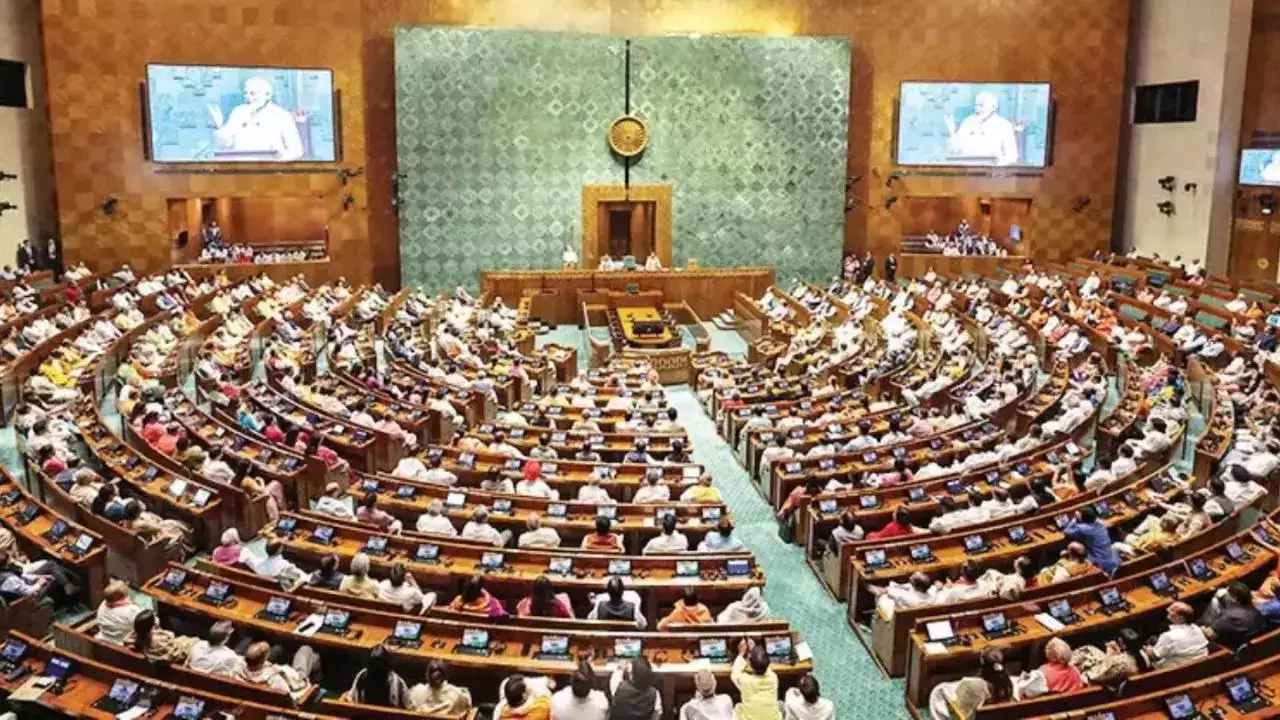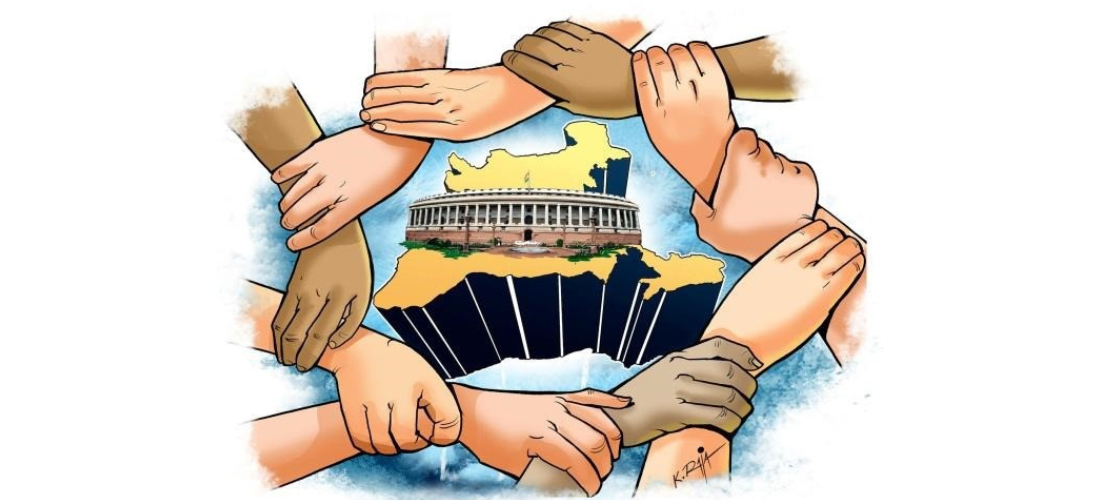- Courses
- GS Full Course 1 Year
- GS Full Course 2 Year
- GS Full Course 3 Year
- GS Full Course Till Selection
- Answer Alpha: Mains 2025 Mentorship
- MEP (Mains Enrichment Programme) Data, Facts
- Essay Target – 150+ Marks
- Online Program
- GS Recorded Course
- Polity
- Geography
- Economy
- Ancient, Medieval and Art & Culture AMAC
- Modern India, Post Independence & World History
- Environment
- Governance
- Science & Technology
- International Relations and Internal Security
- Disaster Management
- Ethics
- NCERT Current Affairs
- Indian Society and Social Issue
- NCERT- Science and Technology
- NCERT - Geography
- NCERT - Ancient History
- NCERT- World History
- NCERT Modern History
- CSAT
- 5 LAYERED ARJUNA Mentorship
- Public Administration Optional
- ABOUT US
- OUR TOPPERS
- TEST SERIES
- FREE STUDY MATERIAL
- VIDEOS
- CONTACT US
FUNCTIONS AND RESPONSIBILITIES OF THE UNION AND THE STATES
FUNCTIONS AND RESPONSIBILITIES OF THE UNION AND THE STATES
28-02-2023

FUNCTIONS AND RESPONSIBILITIES OF THE UNION AND THE STATES
- Articles 245 to 254 address the legislative relationship, functions and the responsibilities between the Union and the States.
- The Parliament has a special power to pass laws regarding topics listed in the Union List for the entire country of India or for a specific region of it. This list includes subjects including communication, union responsibilities, international policy, and defence.
- On the other side, the 66 things listed in the State List are under the sole control of the State. This list includes subjects like agriculture, public order, health, and sanitation.
- In addition, there is a concurrent list of 47 topics, including criminal law and process, marriage, contracts, trusts, social insurance, etc., which both parties must agree on.
FUNCTIONS OF UNION:
- The cabinet is the primary executive branch of the government and performs a wide range of tasks, where it plays a crucial and important role. These functions include the following:
- The formulation, implementation, assessment, and modification of public policy in a variety of areas where the ruling party tries to advance and put into practise.
- Coordination between different ministries and other government agencies that may engage in conflicts, waste, duplication of effort, and empire building.
- Creating and overseeing the legislative agenda, which used statutory enactments to put the government's policies into practise.
- Executive control over the administration through rule-making authority, appointment of officials, and management of political and natural crises and disasters.
- Managing finances by exercising fiscal restraint and managing funds like the Consolidated Fund and the Contingency Funds of India.
FUNCTIONS OF STATES:
The state government is defined as the government of a country’s subdivisions and shares political power with the national government. In India, the state governments are the level of government below the central government. Each state of the country is governed by the state government.
Following are the Roles and Responsibilities of the State Governments:
State governments have separate departments to ensure efficient functioning of the state. States have jurisdiction over education, agriculture, public health, sanitation, hospitals and doctors, and many other departments.
- Internal Security: State governments must maintain internal security, law and order in the country. Internal security is overseen by the state police.
- Maintain Public order: Police and public order are under the jurisdiction of states.
- Promote Education: Provision of a public education system, maintenance of school buildings and colleges, employment of teachers, assistance to disadvantaged students is under the national education department.
- Develop Agriculture: state governments must provide farmers with support, funding for best agricultural practices, disease prevention and disaster relief such as floods or droughts.
- Finance: The state legislature handles the state's financial powers, which include approving all state government spending, taxes and borrowing. It has the right to issue banknotes. It controls entertainment and property tax and VAT.
- Reservation of a Bill: The governor of a state can reserve any bill for consideration by the President.
- Transport: The state government operates trains, trams, buses and ferries and other public transport services in the cities of the state.
- Water supply: state governments are responsible for urban drinking water, including irrigation for farmers.
- Budget: state governments prepare the national budget.



